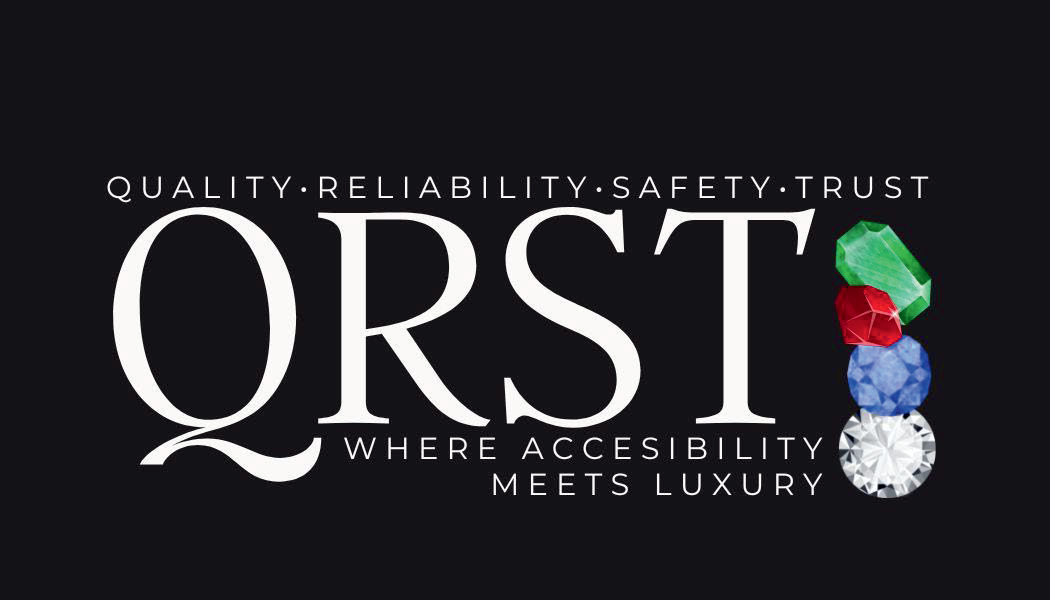In the realm of wheelchair transportation, the choice between Non-Emergency Medical Transportation (NEMT) and private wheelchair transportation stands as a pivotal crossroads. This introduction initiates an exploration into the dynamic landscape of “NEMT vs. Private Wheelchair Transportation: Pros and Cons.” As we embark on this journey, we delve into the distinct attributes of each option, weighing their respective merits and drawbacks. With accessibility, customization, reliability, and individual needs in focus, this analysis equips readers with insights to make informed decisions tailored to their unique mobility requirements, ensuring that the chosen mode of transportation enhances their well-being and journey.
Navigating Wheelchair Transportation Choices: Comparing NEMT and Private Options
In the realm of wheelchair transportation, the decision between Non-Emergency Medical Transportation (NEMT) and private options is a pivotal one, QRST Wheelchair Transportation providing a thoughtful consideration of the pros and cons each avenue offers.

Understanding NEMT and Private Wheelchair Transportation
This section provides an introductory overview of Non-Emergency Medical Transportation (NEMT) and private wheelchair transportation services. It explains the basic concepts of each option, highlighting their distinct characteristics and purposes. Accessible transportation for disabled individuals is the cornerstone of equality, enabling disabled individuals to seamlessly engage in society’s opportunities and pursuits. NEMT focuses on providing transportation to medical appointments and essential healthcare services, while private wheelchair transportation offers more personalized travel solutions tailored to the specific needs of wheelchair users. Readers will gain a foundational understanding of the two transportation models before delving into their respective pros and cons.
Accessibility and Convenience: The Pros of NEMT for Wheelchair Users
This section explores the advantages of NEMT services for wheelchair users. It emphasizes the accessibility and convenience of NEMT vehicles, which are often equipped to accommodate wheelchairs and provide necessary support during transit. NEMT services can streamline the process of getting to medical appointments, ensuring that individuals with mobility challenges receive the care they need. Unlocking a world of possibilities, our mobility solutions for children with disabilities ensure freedom, confidence, and boundless exploration. Readers will gain insights into how NEMT can enhance accessibility and simplify transportation logistics for wheelchair users.
Personalized Service: The Advantages of Private Wheelchair Transportation
Here, the focus shifts to the benefits of private wheelchair transportation. This section discusses the personalized nature of private transport services, which can offer more tailored experiences for wheelchair users. Private transportation providers often prioritize individualized attention, allowing passengers to schedule rides according to their preferences and needs. Readers will understand how private wheelchair transportation can provide a higher degree of flexibility and customization compared to NEMT services.
Coverage and Limitations: Cons of NEMT for Wheelchair Transportation
This section addresses some of the limitations and challenges associated with NEMT services for wheelchair users. It explores potential coverage gaps, bureaucratic hurdles, and restrictions that individuals might encounter when relying on NEMT. By examining these drawbacks, readers will be able to make informed decisions about whether NEMT aligns with their specific transportation needs.
Customization vs. Regulations: Drawbacks of Private Wheelchair Transport
Continuing the discussion, this section outlines potential disadvantages of private wheelchair transportation. It delves into how private services might lack the same level of regulation and oversight that NEMT services adhere to, which could raise concerns related to safety and reliability. By examining these drawbacks, readers will gain a comprehensive view of the trade-offs associated with private wheelchair transportation.
Reliability and Scheduling: NEMT’s Positive Impact on Wheelchair Users
This section highlights NEMT’s strengths by discussing its reliability and scheduling advantages. NEMT services often operate within structured systems that prioritize timely pickups and drop-offs, ensuring that wheelchair users can attend medical appointments without unnecessary delays. By understanding these benefits, readers will recognize how NEMT can contribute to smoother and more efficient transportation experiences for those with mobility challenges.

Cost Considerations: Analyzing the Economics of NEMT vs. Private Transport
Here, the focus shifts to cost considerations associated with NEMT and private wheelchair transportation. This section examines the potential financial implications of both options, considering factors such as insurance coverage, out-of-pocket expenses, and overall affordability. By delving into the economics, readers will be equipped to make decisions that align with their budgetary constraints and priorities.
Privacy and Comfort: Private Wheelchair Transportation’s Strong Points
This section explores the privacy and comfort advantages of private wheelchair transportation services. It discusses how private vehicles can offer a more intimate and relaxed environment, providing passengers with a sense of comfort during their journeys. By examining these benefits, readers will gain insights into how private wheelchair transportation can enhance the overall travel experience for individuals with mobility challenges.
Navigating Restrictions: Challenges Faced by NEMT for Wheelchair Users
This section delves deeper into the challenges and potential frustrations that wheelchair users might encounter when utilizing NEMT services. It examines factors such as eligibility criteria, pre-scheduling requirements, and limitations on destinations. By understanding these challenges, readers will be better prepared to navigate the complexities of NEMT services and determine if they align with their specific transportation needs.
The Decision Dilemma: Choosing Between NEMT and Private Wheelchair Transportation
In this concluding section, readers are presented with insights to help them navigate the decision-making process between NEMT and private wheelchair transportation. It encourages individuals to consider their unique circumstances, preferences, and priorities when choosing the transportation option that best meets their needs. By providing a comprehensive overview of the pros and cons of both models, readers will be equipped to make informed choices that optimize their travel experiences as wheelchair users.
FAQ:
FAQ 1: What is the primary difference between NEMT and private wheelchair transportation?
Answer: Non-Emergency Medical Transportation (NEMT) primarily focuses on medical appointments, while private wheelchair transportation offers personalized travel solutions catering to individual needs, including non-medical journeys.
FAQ 2: What are the benefits of NEMT compared to private wheelchair transportation?
Answer: NEMT provides accessible and regulated transportation for medical appointments, ensuring timely and reliable service. It simplifies healthcare access for wheelchair users.
FAQ 3: What advantages does private wheelchair transportation offer over NEMT services?
Answer: Private wheelchair transportation offers customization, flexibility, and personalized scheduling. It caters to non-medical needs and preferences, providing a more tailored travel experience for wheelchair users.
Conclusion:
As the journey through the realm of transportation options for wheelchair users comes to a close, it’s evident that both NEMT and private wheelchair transportation offer unique advantages and challenges. While NEMT shines with its accessibility and reliability for medical needs, private transportation stands out for its personalized service and flexibility. The decision between the two rests on individual preferences, circumstances, and priorities. Ultimately, this exploration reinforces the importance of informed decision-making, ensuring that wheelchair users can choose the mode of transportation that best aligns with their specific needs, enhancing their mobility, comfort, and overall quality of life.
